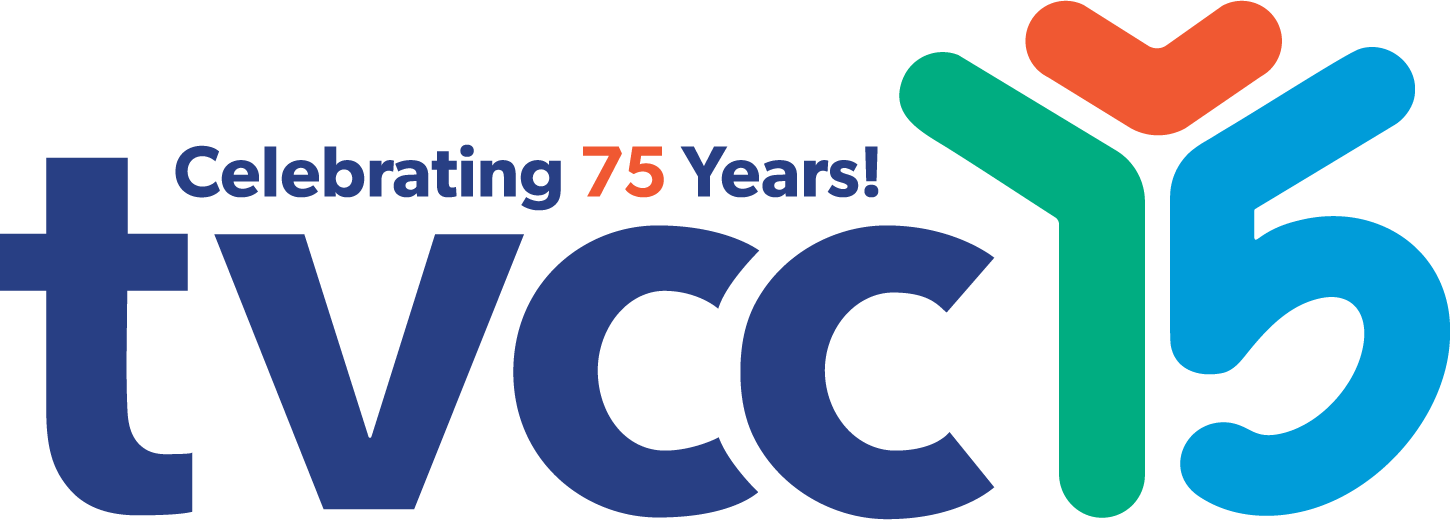Learning how to eat properly and how to chew and swallow different food is part of growing up for all children. For most preschool children the following guidelines will help you as you feed your child.
For preschoolers, healthy eating is...
Being Curious:
- about new foods and ways of eating them;
- examining the chicken sandwich before they eat it;
Being in Control:
- accepting toast only if it is cut in triangles;
- drinking milk only if they can pour it into their own glass;
- insisting the apple be whole - not in slices;
- drinking soup out of a coffee mug just like mom's.
Being Inconsistent:
- trying only a bite of squash today - maybe more tomorrow;
- loving carrots on Tuesday, refusing them on Wednesday;
- wanting a peanut butter sandwich for lunch every day for a week;
- gobbling up the cookies they helped to prepare when they are fresh from the oven;
- preferring simple foods they can recognize;
What can parents do to make feeding enjoyable, successful and nutritious?
- Present food in a form a child can handle. This will vary according to age. When babies first start to eat, they depend on pureed food. As they grow and have teeth and a greater ability to chew, different textures and consistencies can be introduced.
- Offer eating tools that your child can master. Children do better with a small fork or spoon. As their fine motor skills develop, they can be introduced to the same tools used by the rest of the family.
- Help your child participate in family meals. When other family members are enjoying a meal it’s enjoyable for the child to eat. Nobody likes to eat alone. Family meal time also provides an excellent opportunity for language development, when children hear the names of food and also share everyone’s daily events.
Some children may experience problems with drooling:
Some children may have too much saliva which results in drooling. This may happen for a number of reasons, including certain medications, problems with oral or dental health, or keeping the mouth in an open position. You can help by:
- Each day during tooth brushing, have your child look in the mirror and practice closing their mouth around the toothbrush. Being able to close your mouth is the first stage in swallowing on demand and will help your child to develop voluntary control over these muscles. You may need to show them how to do this. It will be fun if you make it into a game.
- Make a dental appointment to rule out or address any dental issues that may be contributing to excess drooling. Be sure to mention the reason for your appointment in advance.
- Meet with your child’s doctor to discuss their drooling and to rule out or address any breathing or medication issues that affect saliva production.
If you have questions about whether you should be concerned about your child’s comfort in feeding and swallowing click on the tykeTALK Communication Checklist.
If your child is frequently gagging or appears to be struggling to swallow, you should speak with your family physician or public health nurse to rule out any medical difficulties.
tykeTALK speech-language pathologists may be able to help you with your feeding and swallowing difficulties. To schedule an assessment for your child contact us to arrange a call back or call: 519-663-0273 or Toll Free: 1877-818-TALK.
References
Adapted from: Canada’s Food Guide to Healthy Eating Focus on Preschoolers - Background for Educators and Communicators
https://food-guide.canada.ca/en/tips-for-healthy-eating/parents-and-children/
Adapted by: D. Maund, K. O’Connor, A. McVittie for Community Feeding Resource Group 2003©





